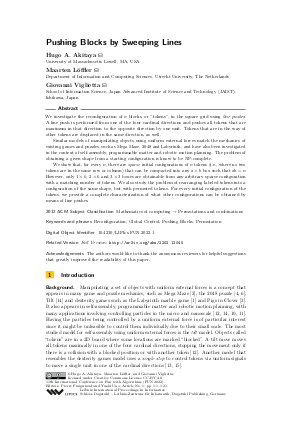LIPIcs.FUN.2022.1.pdf
- Filesize: 2.65 MB
- 21 pages

 Creative Commons Attribution 4.0 International license
Creative Commons Attribution 4.0 International license

























Feedback for Dagstuhl Publishing